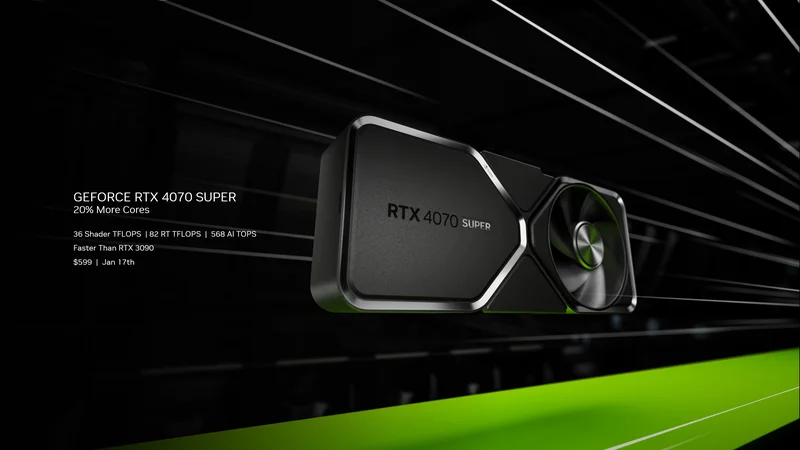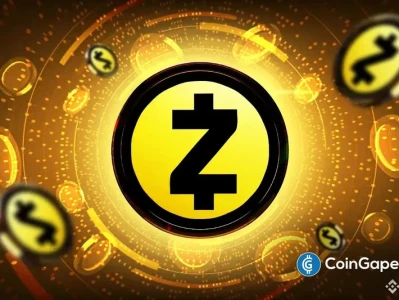The financial commentariat is intoxicated with Nvidia. It’s understandable. When a company’s stock appreciates 1,390% in three years and it becomes the first to cross a $5 trillion market capitalization, it ceases to be a business and becomes a phenomenon. CEO Jensen Huang’s proclamation that "AI is an industrial revolution" is now treated as gospel, and every 3% stock jump is another sign of the divine.
The latest chapter in this story is a geopolitical one: Nvidia is bringing the production of its most advanced AI chips to Arizona. It’s a narrative perfectly packaged for the moment, hitting all the right notes of American manufacturing revival and technological supremacy. Huang himself credits the Trump administration's push to "re-industrialize the United States," and the speed of the execution—volume production in just nine months—is presented as a testament to American ingenuity. The workers, the engineers, the plumbers, all working around the clock. It’s a great story.
But I've looked at hundreds of these supply chain announcements, and this particular narrative has a footnote that’s more important than the headline. The story isn't just about Nvidia or American workers. The story, the one the numbers actually point to, is about the quiet partner standing in the background of every photo op: Taiwan Semiconductor Manufacturing Company, or TSMC.
The Partner Behind the Throne
The Arizona facility is being hailed as a major win for U.S. manufacturing, and in a way, it is. But let’s be precise about what’s happening. This American "win" is being enabled, partnered, and fundamentally powered by a Taiwanese company. Alongside TSMC, you have Foxconn, Wistron, Amkor, and SPIL. This isn't a story of America going it alone; it's a story of America attracting the critical, irreplaceable hub of the global semiconductor supply chain to its shores.
Nvidia designs the world’s most powerful GPUs. That is their genius. But they don’t make them. TSMC does. Huang himself has called TSMC’s fabrication process "magic," and for once, a CEO's hyperbole is uncomfortably close to the literal truth. TSMC’s dominance in advanced node fabrication (the 3nm and 5nm chips essential for high-performance AI) is a structural monopoly built over decades of relentless, capital-intensive R&D. They produce more than 11,800 different products. They command roughly 70% of the entire semiconductor fabrication market.
This creates a fascinating discrepancy in the market narrative. Nvidia is positioned as the conquering hero of the AI revolution. Yet, their entire empire is built on a foundation they don’t own and cannot replicate. The "arms race for compute," as Huang calls it, is a race to design better blueprints. But there is only one architect capable of building the skyscraper at scale. What happens if the architect gets busier, or raises their prices, or faces their own geopolitical pressures?

The Shovel-Seller in a Gold Rush
From an investment perspective, the obsession with Nvidia feels like classic gold rush behavior. Everyone is betting on the most successful miner. Nvidia has something like 90% of the data center GPU market—to be more exact, some analysts put it closer to 95% for the most advanced AI training chips. That level of dominance is breathtaking, but it’s also a target.
Competition is inevitable and already arriving. AMD is landing deals with OpenAI. Amazon, Google, Microsoft, and even Tesla are all developing their own in-house silicon, desperate to reduce their dependency on a single supplier and control their own destiny. Chinese firms, locked out by trade restrictions, are being forced to innovate on their own. Nvidia’s 95% market share is, by definition, the high-water mark. It can’t go much higher, and the forces of competition and capitalism will exert immense pressure to bring it down.
This is where the analysis diverges from the hype. The question isn’t just whether Nvidia can fend off these challengers for the next decade. The more salient question is: Who benefits regardless of the outcome?
The answer is TSMC.
TSMC fabricates Nvidia’s chips. They also fabricate chips for AMD, Apple, Amazon, and Qualcomm. If a competitor manages to claw away 10% of Nvidia's market share, it's highly probable that the chips powering that competing product will also roll out of a TSMC foundry. They are the house, and the house always wins. They are the ultimate pick-and-shovel play in the AI gold rush. While investors frantically bet on which mining company will strike the richest vein, TSMC is selling the equipment to every single one of them. Their revenue isn't tied to a single design's success but to the aggregate demand for advanced computing, a trend that shows no sign of slowing. TSMC’s technological lead is in its fabrication processes (currently mass-producing 3nm chips and planning for 2nm), which is an exceptionally difficult and expensive moat to replicate.
So while the world watches Nvidia's stock price, I find the underlying structure of the market far more compelling. Is the market correctly pricing in the risk of Nvidia's customer concentration and future competition? And conversely, is it fully appreciating the durable, diversified, and monopolistic position of the company that actually builds the engine of the entire AI revolution? It's a line of questioning that makes some analysts wonder, Is This the Only Stock That Will Outperform Nvidia for the Next 3 Years?
The Tollbooth on the AI Superhighway
The market has fallen in love with a story about a brilliant designer. And it is a brilliant designer. But the durable, long-term power in this industry doesn't belong to the company designing the fastest car; it belongs to the company that owns the only road that car can drive on. Nvidia’s valuation assumes a near-perpetual monopoly on design genius. TSMC’s valuation is based on a near-perpetual monopoly on physical manufacturing. One of those seems like a far more durable competitive advantage than the other.


